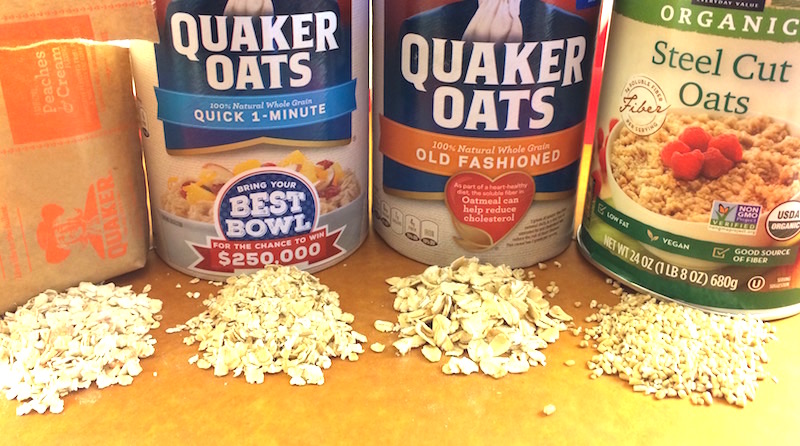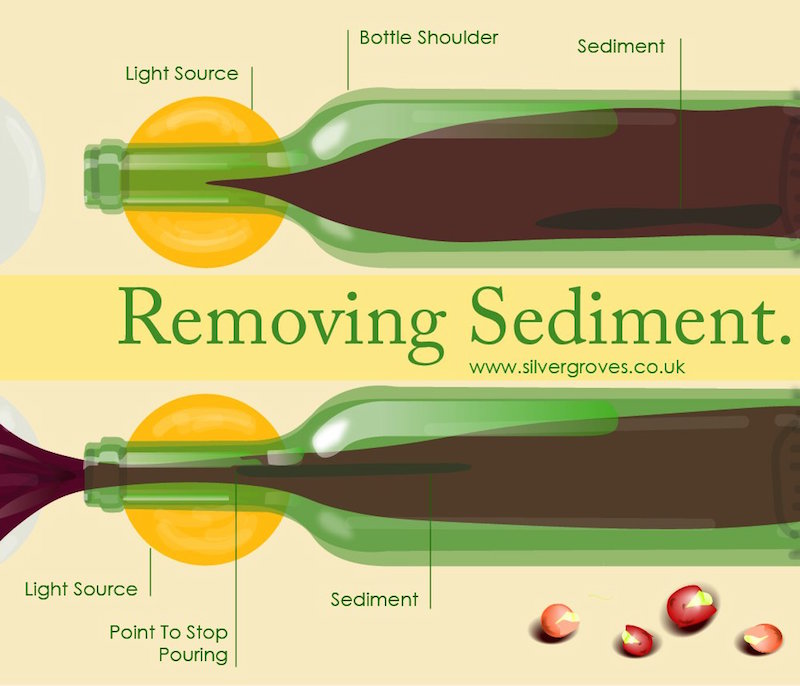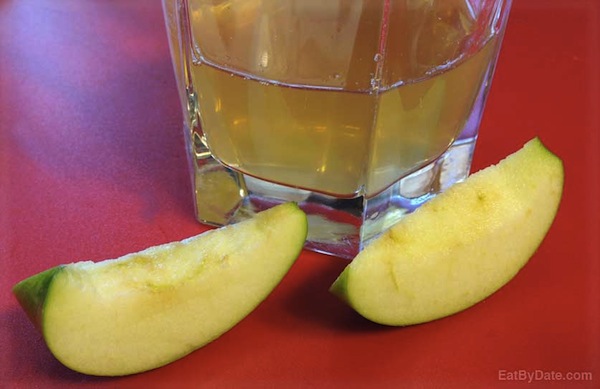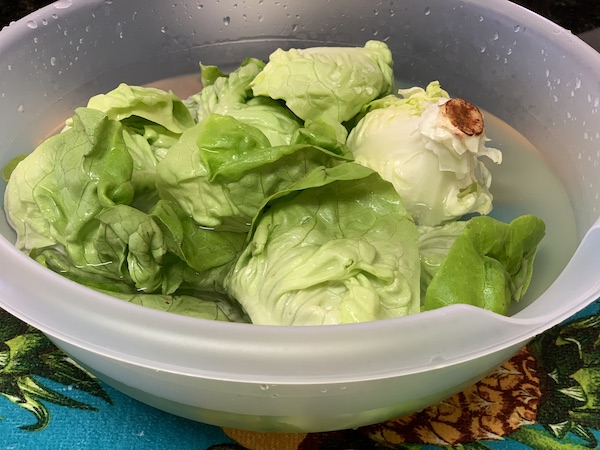- 19shares
- 10
New Food Dating Recommendations
The Food Marketing Institute (FMI) and the Grocery Manufacturers Association (GMA), the two largest trade groups for the grocery industry, announced this week that they’ve adopted standardized, yet still voluntary, regulations to clear up what product date labels mean.[1] The updated guidelines are an attempt to help with the food waste problem.
As of now, guesses as to the number of existing printed date phrases on foods range between 10 and 20. Manufacturers are now encouraged to replace whatever they currently use, anything from “expires on” to “enjoy by”, to one of only two phrases which seem to resonate best with consumers.
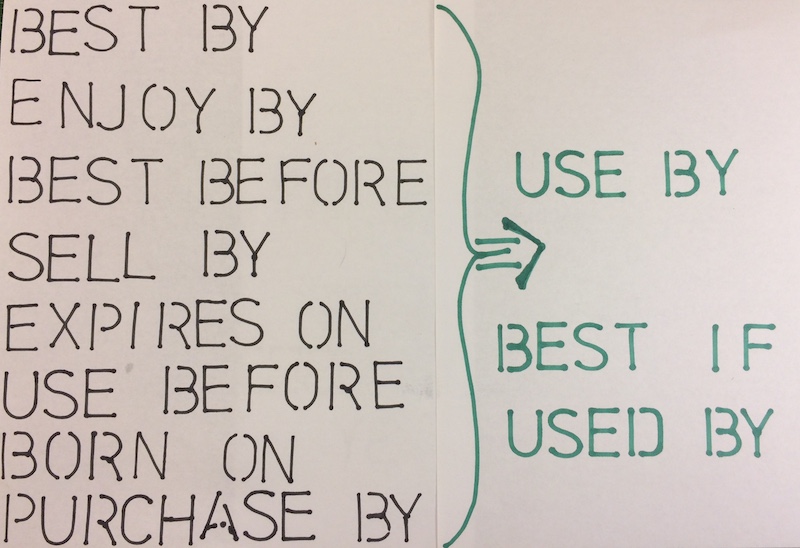
Product Dating Guidelines
The two industry standard date terms chosen by the GMA and FMI are the phrases “Use By” and “Best if Used By”.
Which one of these two terms that a manufacturer will use depends upon the type of product that they are dating. The term “Use By” should be placed on highly perishable food items and term “Best if Used By” should be placed on less perishable items.
“Use by” is meant to be a safety designation for highly perishable foods such as fresh meats, poultry and fish. It should be used to designate the time at which, if the product were to be used after that date, there could be safety concerns. These products should be discarded, or frozen, by the recommended date on the package.
“Best if Used By” is meant to define product quality and not safety. This term, just like it is currently used, is more of a subjective guess by the manufacturer as to how long their product possesses peak flavor.

Both of these “new” terms are currently being used extensively, mostly (but not always) in the manner which is described in the newly released guidelines. The difference in the new recommendation is that only these two terms should be used, and the other 8 – 15 terms that we occasionally see in print should be discarded and no longer used.
More on Product Dating Guidelines
These new recommendations all well and good, but there are still some problems. There are many products which fall into a category in between the safety threat and the peak quality definitions. For instance, the dating of most dairy products would fall somewhere between a safety or quality issue. For these products, it will again fall to the individual manufacturer as to which of the two terms they will choose to print on their products.
There are currently about 20 states that have some type of regulations regarding food dates, which would override these new industry standards. For instance, in Montana milk must have a printed “Sell By” date. So, even if all other products start using the two chosen date terms, milk will still use “Sell By” in Montana.
On the other hand, if the pending federal legislation for standardized date labels, introduced last May and expected to be reintroduced in the coming weeks, is passed then the federal rules would override any state differences. This would mean that any state laws restricting the sale of items past their printed date would not be enforced, if the product date was a “Best if used by” date.
Remember, product dating in general is a voluntary process and adherence to this new recommendation is also left up to the manufacturer with a voluntary roll-out of these guidelines. Companies are encouraged by the GMA and FMI to begin to implement this change as soon as possible. These guidelines project that all companies will be in compliance by the summer of 2018.
Additional Info
Although we envision slightly less confusion with the narrowing down of product date terms, there will remain grey areas in this arena. We will stay on top of all new labeling, so that you can continue to rely on the consistency of all pages contained within EatByDate.
More articles on the the problem created by food waste are available on this site, such as an explanation of the extent of the food waste problem and more on the environmental impact of the problem.
Our original article on food dating, published almost 5 years ago, still holds true on the food dating rules. The only real change is that once manufacturers comply with these new recommendations, we will need to tighten up the definition of “use by” as it should be used as a safety issue only after compliance with this new recommendation.

